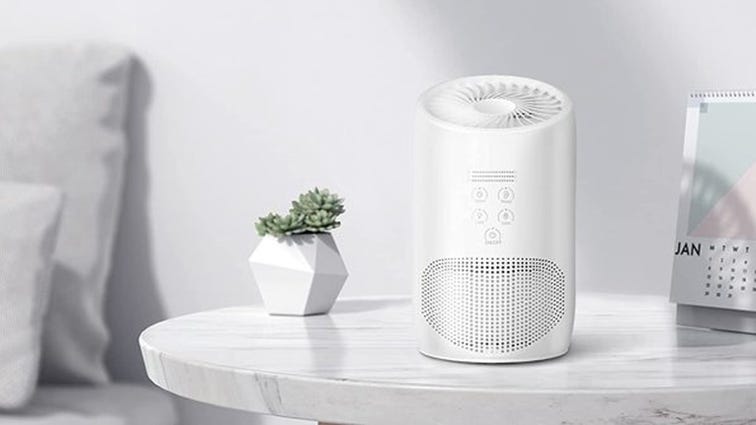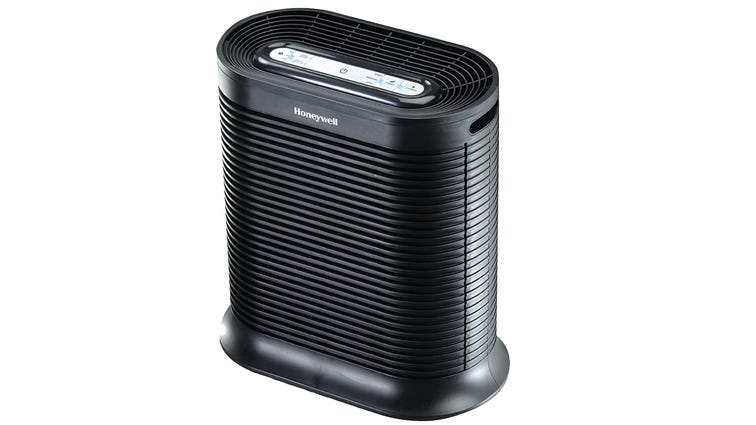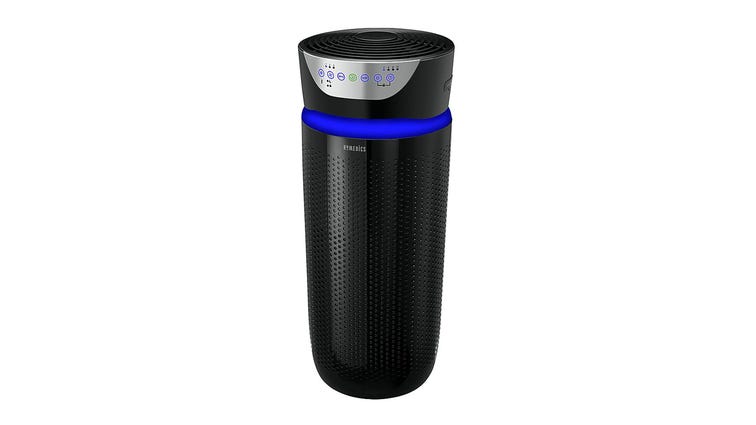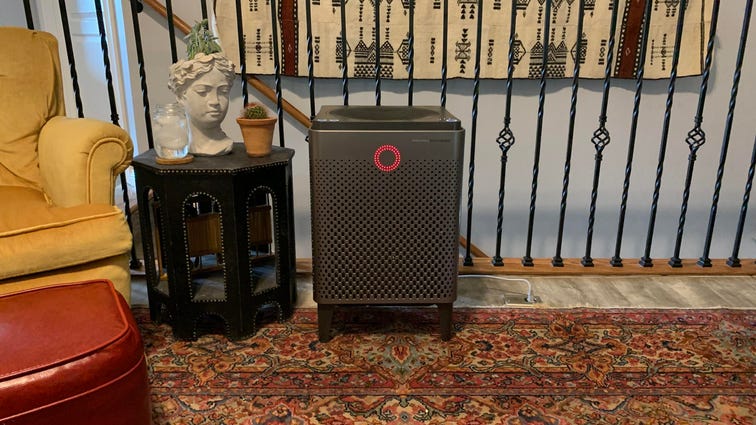Here comes the bride, all dressed in…pollen? One would certainly hope not after shelling out thousands of dollars on intricate floral arrangements and bouquets for the big day. But, not all flowers are wedding-appropriate.
While many happy couples go into planning with a very specific vision, it’s important to trust the experts (i.e. your wedding planner and florist) and understand that there are limitations on what you can incorporate into your overall design. A bunch of periwinkle-hued hydrangeas may sound lovely (unless you’re Madonna), but they may not be in season or you may not have the appropriate vases to keep them alive and hydrated.
“Trusting your florist to select the best combination of blooms that fall within your aesthetic and palette is key,” advises Becky De Oliveira, owner and creative director of Toronto’s Blush and Bloom. “Working with perishable products is so challenging, so let the professionals handle it. You’ll get the best and most seasonal designs when the pros are in charge!”
If you’re about to dive into the flower-picking process head-first, check out De Oliveira’s top tips when working with a florist and selecting options, as well her short list of blooms to avoid due to their delicate nature and demanding list of requirements.
Trust Your Florist
Before setting up an appointment with a flower expert, be mindful of the process and remember that Mother Nature may not always be on your side. “When I’m working with clients, I ask for them to first choose a palette for the overall wedding,” says De Oliveira. “After that, I request that everything be left to me in terms of the varieties used. That way I can best select what works within the aesthetic direction, as well as the budget we’ve discussed.” She adds, “The more trust I have, the better the process for everyone.”
Questions for Your Florist
Despite floral arrangements being a completely personal decision, there are a few questions for your florist to take into consideration before honing in on your favorites.
- Do they carry a fragrance? Nothing rivals the scent of a fresh flower, but a *lot* of fresh flowers can overwhelm a space and take away from other wonderful scents like food, candles, and even the bride’s perfume. It can also trigger allergic reactions with smell-sensitive guests.
- Do they fare well in different types of temperatures? A blast of cool, indoor air can be a death sentence for certain petals, while other plants can’t stand up to a sunny, outdoor set-up. Be sure you’ve confirmed the venue before making any final flower ordering decisions.
- Are these flowers meant for bouquets or displays? There is a bit more flexibility when inserting flowers into a bouquet (you can cushion them with other varieties and they only have their big moment for less than an hour), but many many plants will require frequent, if not constant hydration. Vases can completely change a design vision, especially if they’re oversized, so keep this in mind if you opt for larger, more over-the-top arrangements.
The 3 Flower Foes
While “anything is possible” with the right watering vessels (and budget!), there are three flower types that most newlyweds should steer clear from.
- Lilacs: “I typically avoid these in bouquets because they wilt easily.”
- Hydrangeas: “Imported hydrangeas require 24/7 hydration. These are a no unless they’re constantly in water.”
- Lilies: “Most varieties have pollen that can stain and a fragrance that is too overwhelming.”
Of course, exceptions can always be made, but De Oliveira reminds clients that they are ultimately responsible if flowers don’t live up to their expectations. “Even after my ‘why to avoid’ explanations, we can see how to proceed with using them in select areas if they are sentimental,” she says. “But the client must agree to terms.”
The Last Petal
Nothing enhances a wedding space more than bold, cascading arrangements or classic centerpieces. But, keep in mind that these are living, breathing things that require meticulous care and attention to maintain their quality and perkiness.
“Flowers are both seasonal and perishable and anything can happen to impact them,” reminds De Oliveira. ”But, experienced florists and designers know how to best handle these situations. Trusting the process, even if it can sometimes be stressful, is so important.”
[ad_2]
Originally Appeared Here











